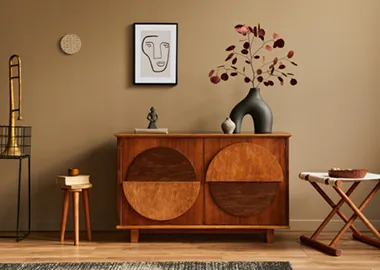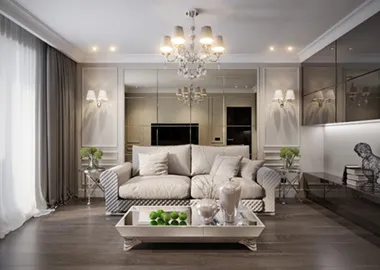- Our Story
- Our Impact
-
Our Projects
Commercial
- Careers
7 Effective Architectural Design Tips to Luminate Your Space with Natural Light
By LODHA
January 05, 2024Would you rather not have a room bathed in the gorgeous spectrum hue of the sun than glaring light fixtures? Learning to offset low light with architectural solutions is key to a brighter interior. Embracing sunlight in the room increases your mood, giving off a warm energy that multiplies your serotonin levels. In bigger homes and duplexes, an open tread staircase not only gives a bigger sense of space but allows light to run down from above. As the architectural world evolves, many architectural solutions are crafting permanent and innovative features to redistribute natural light in interior design. Want to know more about amazing design solutions to maximise natural light in your home? We have rounded up the seven most effective design tips to brighten your home with natural light that creates an ambience you can't artificially replicate.
Use Skylights to Let in Natural Light
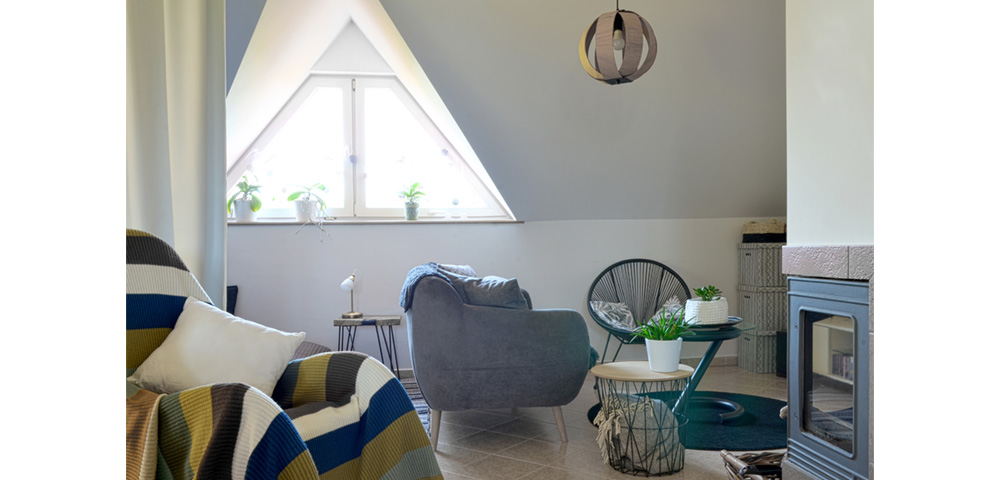
Often called 'windows of the roof', skylights are a great design intervention for pulling surplus natural light into the home. Skylights are less likely to be shadowed by outdoor objects and therefore bring in more consistent light than most windows. Also, light entering through the roof windows is significantly brighter than the one coming in through wall windows. Skylights can be installed on all types of roofs, from completely flat roofs to slope inclined. Spaces that are away from the direct sunlight can particularly benefit from a skylight.
Stick to 50 Shades of White and More
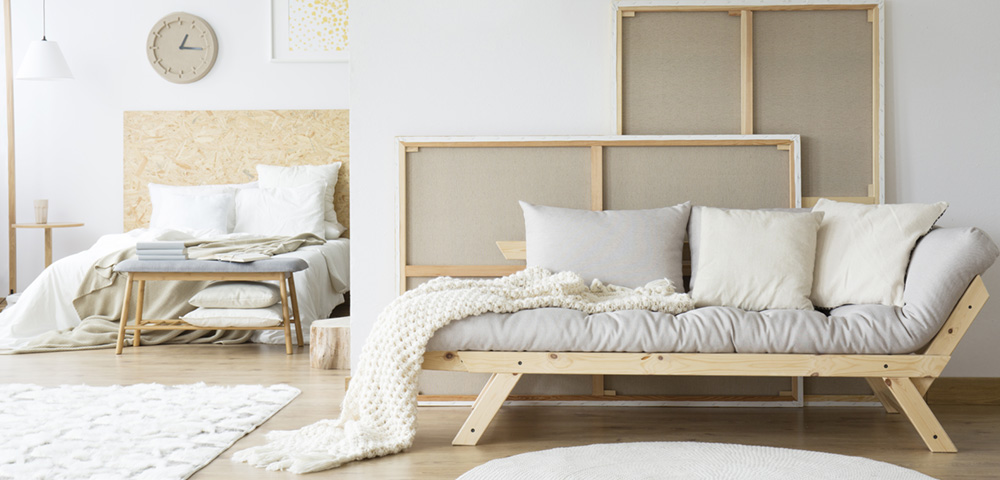
Nothing is brighter than white. A white-painted wall or ceiling will enhance the natural light in the room and make the space shine. With the virtue of the refractive indexes of colours, painting the walls white is proven to be an effective tool for daylighting in architecture. In interior design language, it is said that light reflectance value, or LRV, can range from 100 percent for pure white to zero percent for black. All colours in between will have greater or lesser LRV. If you don't prefer milk white, there are more than 50 shades of white in the shade card to the rescue!
Include Glass to Flood in Lights
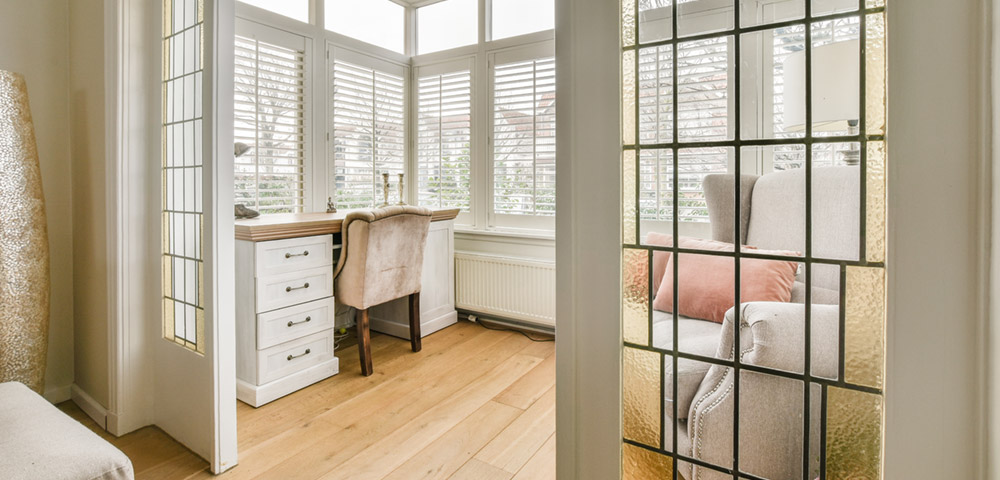
Glass panels or structural glass walls immediately double the amount of sunlight in your room by letting the light bounce off reflective surfaces. Framed glass walls add a dimension to the aesthetics of a space while also bringing in a connection with the natural world. A sliding glass door or window too brings access to natural light. When it comes to the 'wow factor' in the world of structural glazing, oriel windows stand out. They act as the best reading nook wherein one can face the natural light and strike a connection with the outdoors as they delve into their favourite book.
Spruce Up with Reflective Features
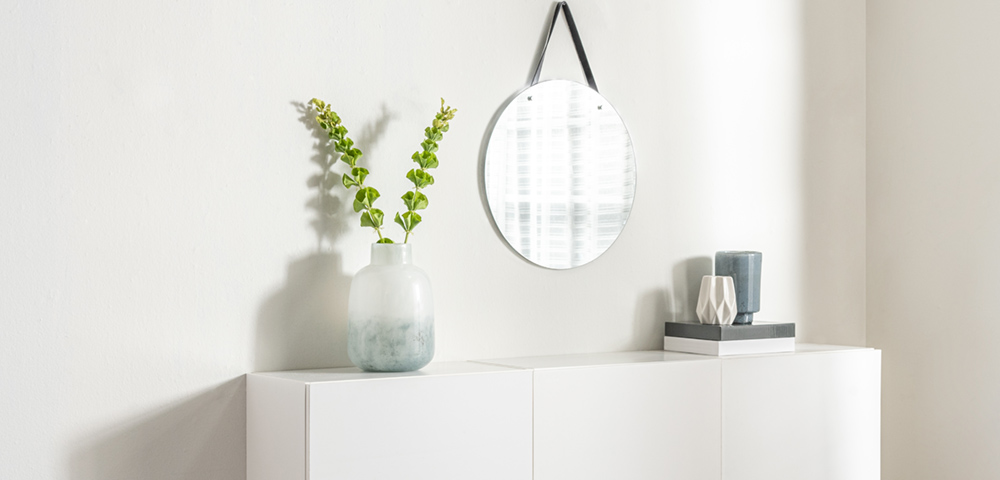
When it comes to making your home appear lighter and brighter, accessorising your home with reflective accents is a tip that comes in handy. Enhance the brightness of your home by incorporating mirrors, sconces, gleaming cabinets, tiled backsplash in kitchens and bathrooms, polished stone flooring, and metallic accents on walls, ceilings, light fixtures, and furniture. These elements increase natural light and can turn a dark and dreary house into a brighter house with natural light.
Note that too many glossy and metallic clusters in the home can paint too much of a bling we don't want in our homes. Find the right balance of polished and matt surfaces to provide the light you need and the textures you want making the space glamorous and not ostentatious.
Paint Your Ceiling with Higher Gloss Paints
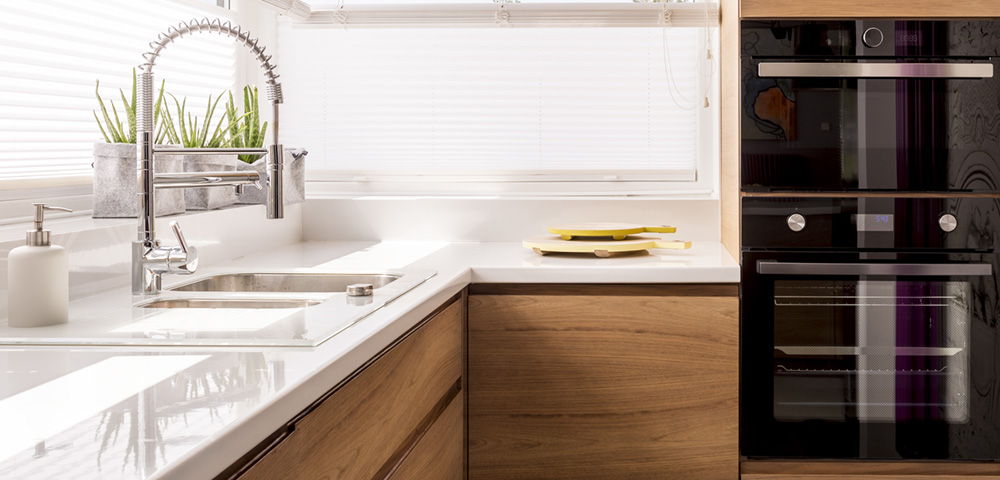
One of the best ways to bring natural light into the home is with a high-gloss paint colour. A ceiling is the perfect spot to experiment with this design tool. High-gloss paint can add another reflective surface to an otherwise dark room. If not a fan of high-gloss paints, try eggshell paint on the ceiling that initiates a subtle reflection, making the room feel brighter, bigger, and more open.
Replace Heavy Curtains
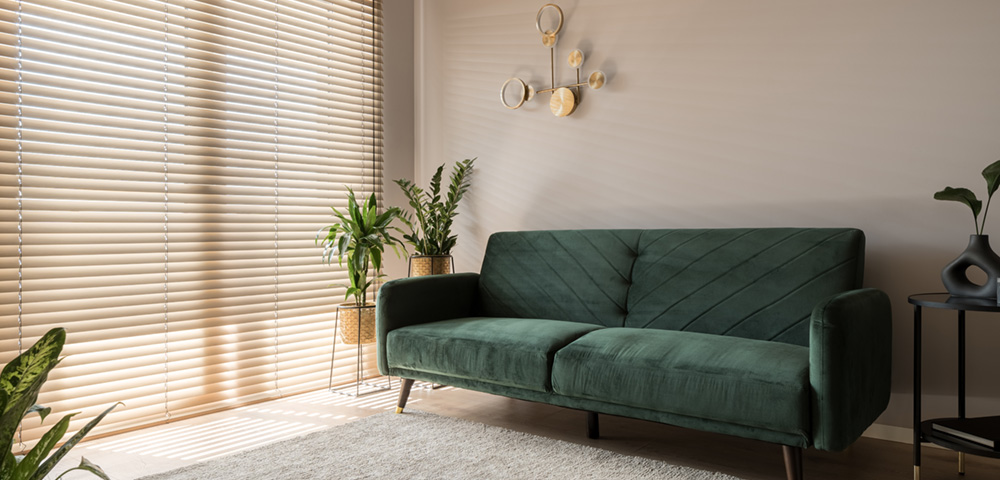
Never use heavy curtains in your living or dining rooms, especially the ones that absorb the natural light and result in making the space look smaller and gloomy. Many designers opt out of using draperies and instead use shades or blinds to give a simple, fabric-free look to the windows. Choosing ivory-hued voile drapes is recommended as they enhance the room's sun-dappled appearance during the daytime.
Add a Glazed Extension
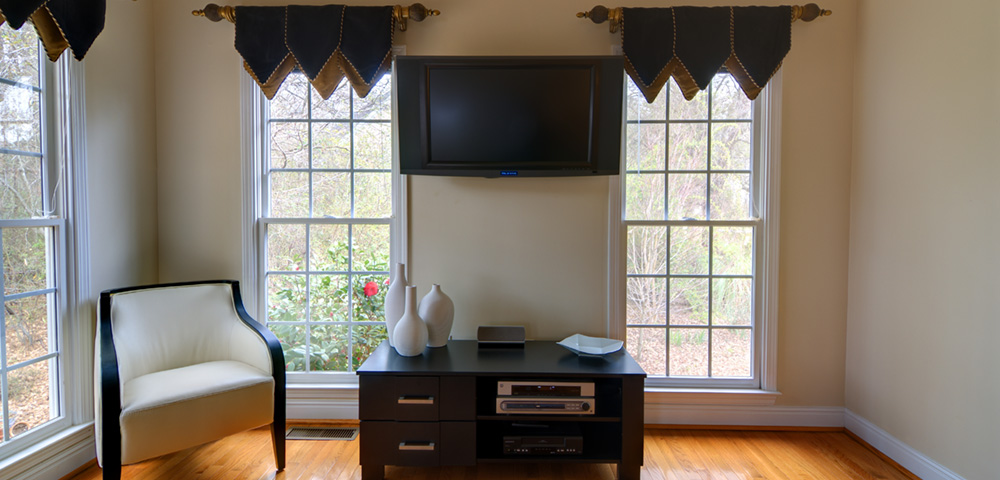
If you're considering extending your residential space, going for a glazed addition should be the principal discussion with the architect. 'Glazing' in architectural language refers to the inclusion of larger glass panels, turning the walls of your home into stunning viewpoints. And, with advanced glass and slimline profiles, they can keep your home warmer, safer and stylish.
Integrating bay windows in the bedroom, a series of windows in the living area, patio doors, or incorporating elements like glazed walls, basements, a conservatory, or a sunken courtyard, are excellent architectural strategies for daylighting in architecture.
You may also like





 Enquire
Enquire
 Call
Call
 chat
chat

